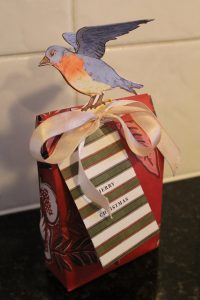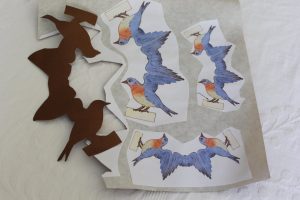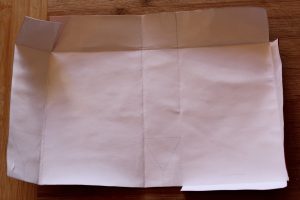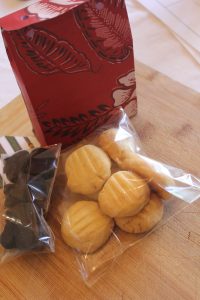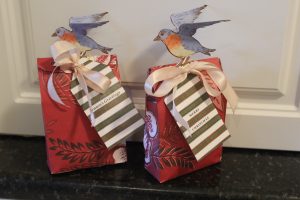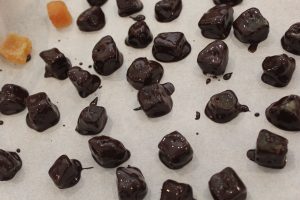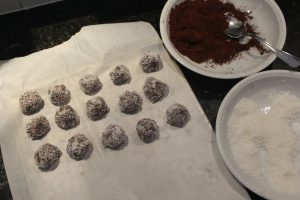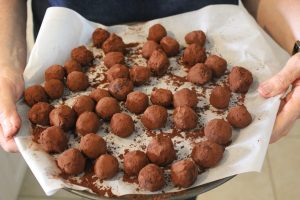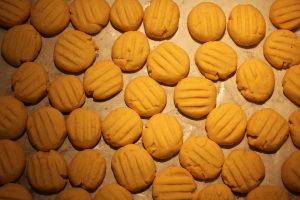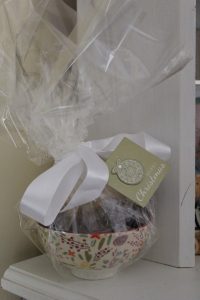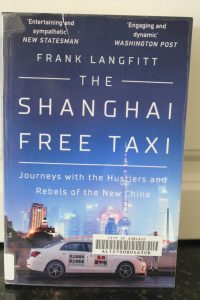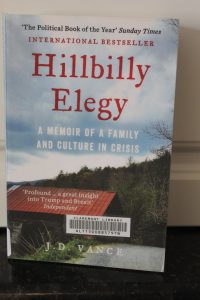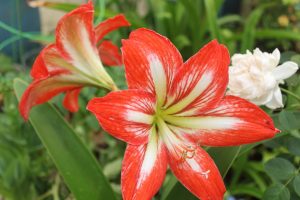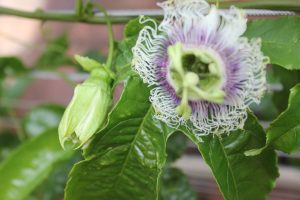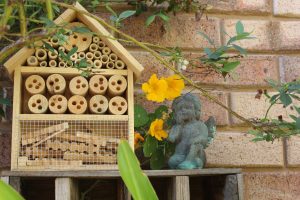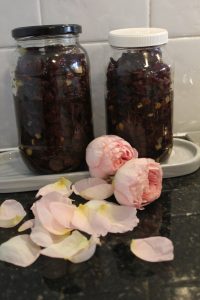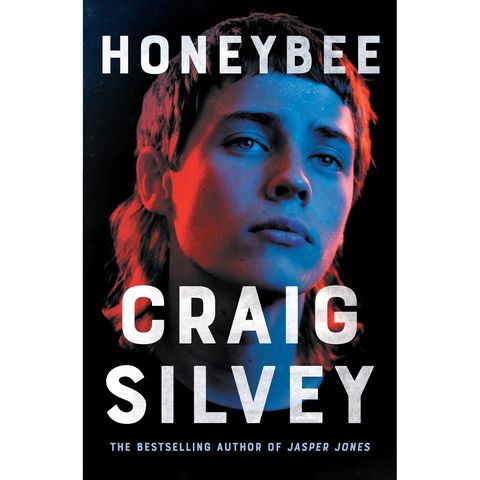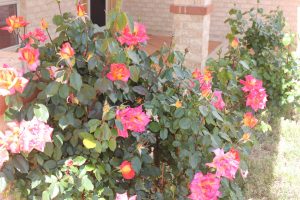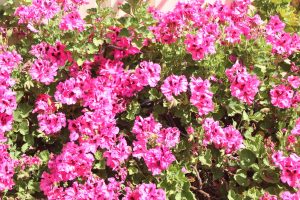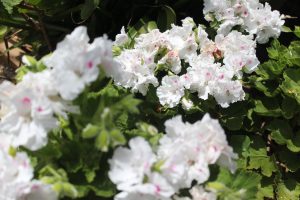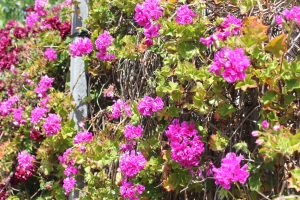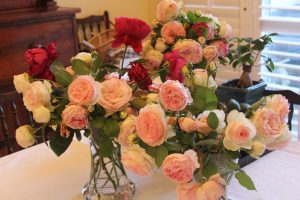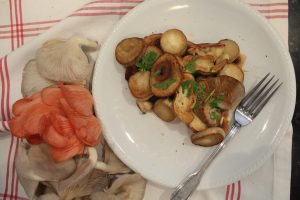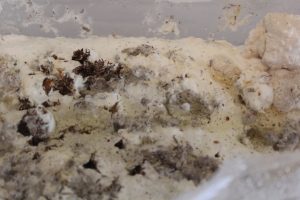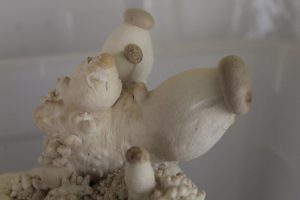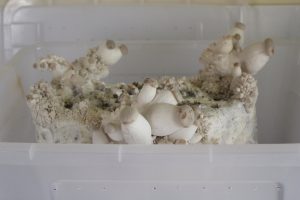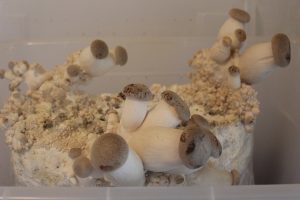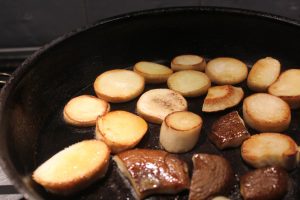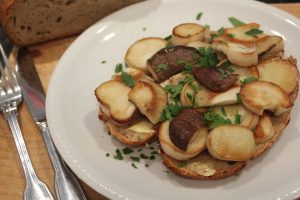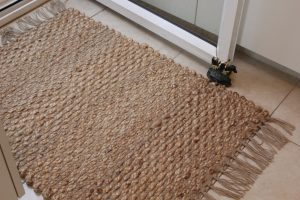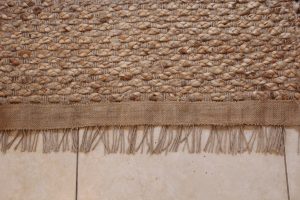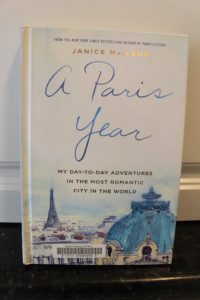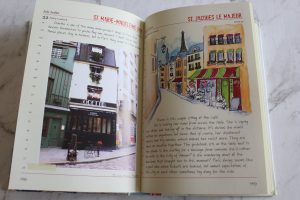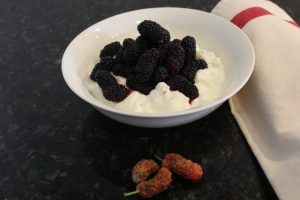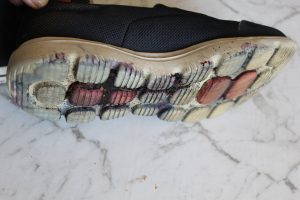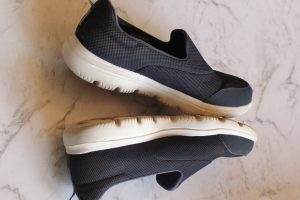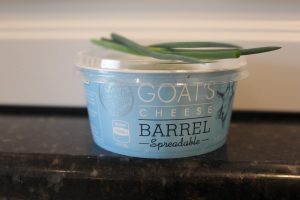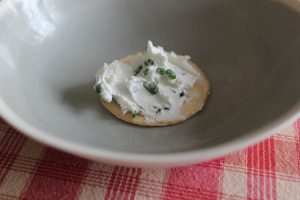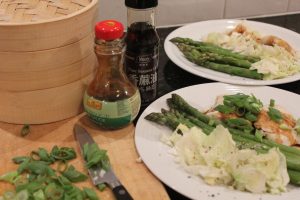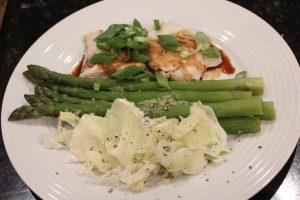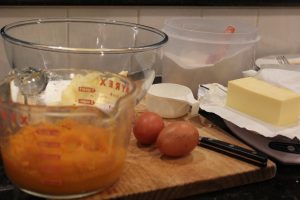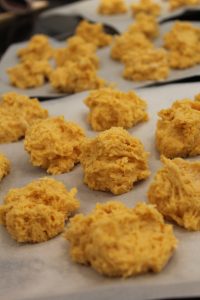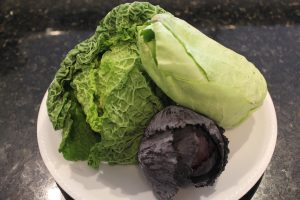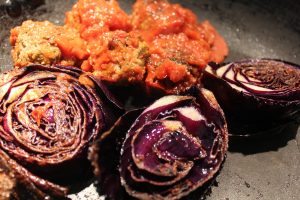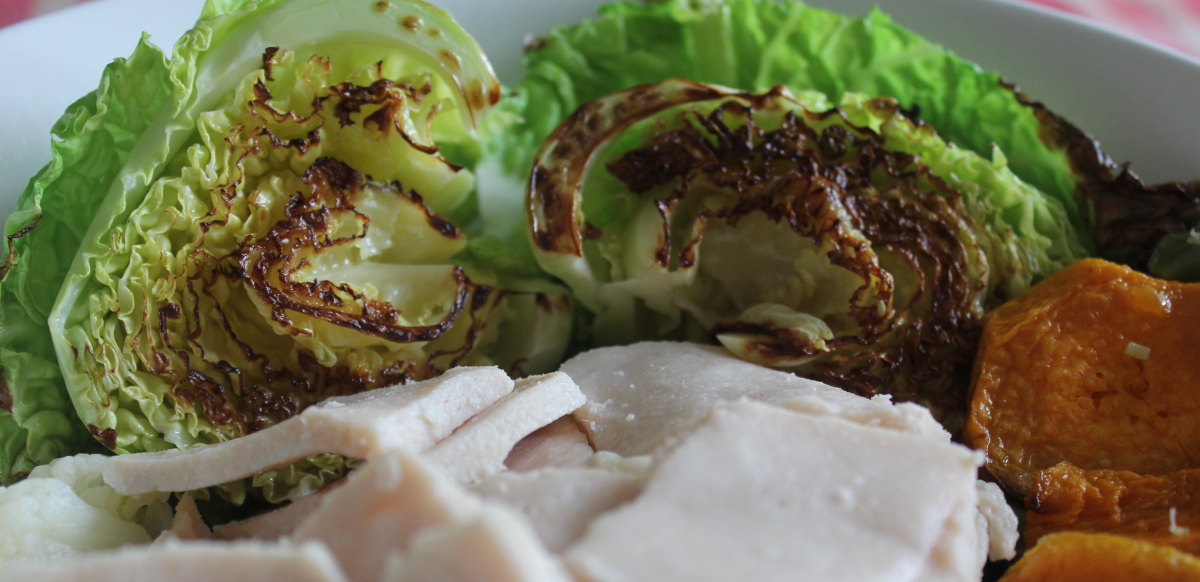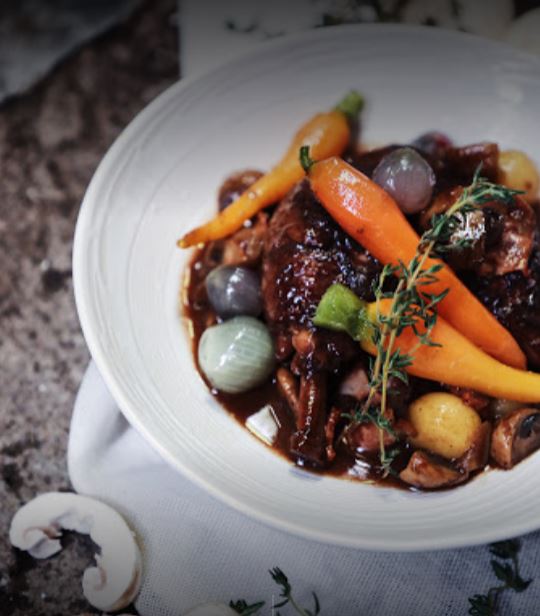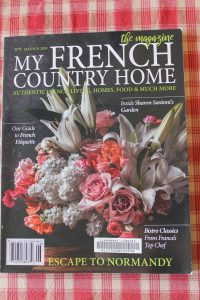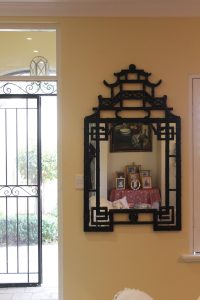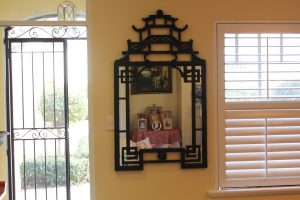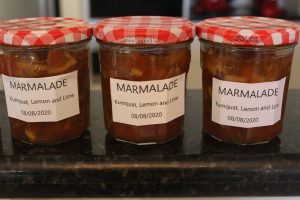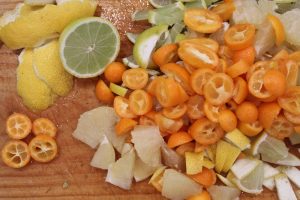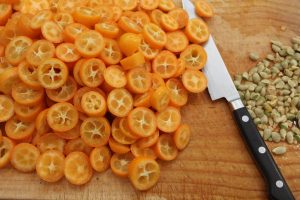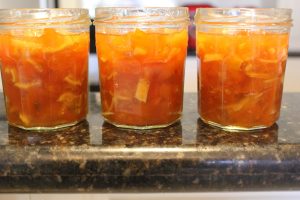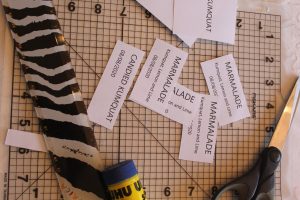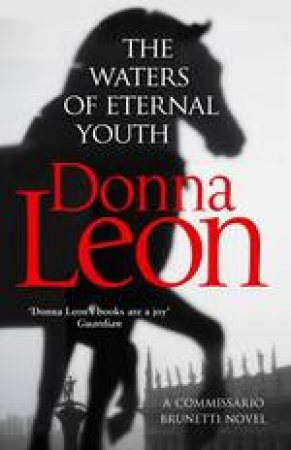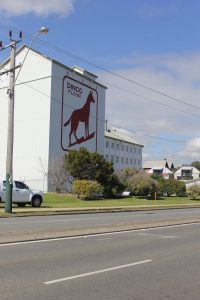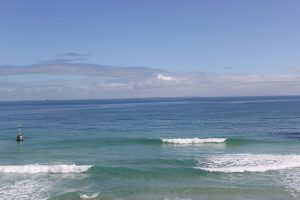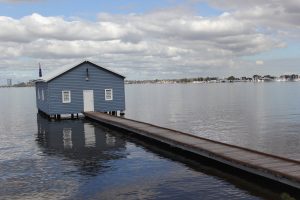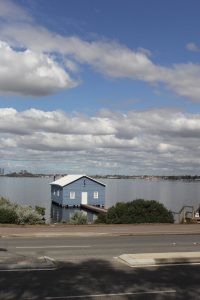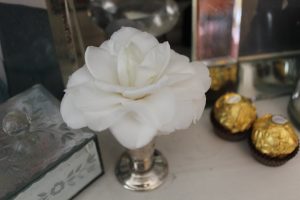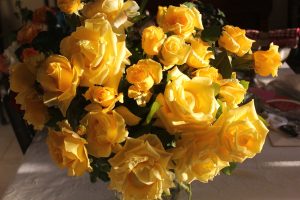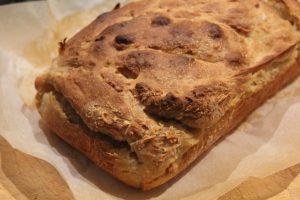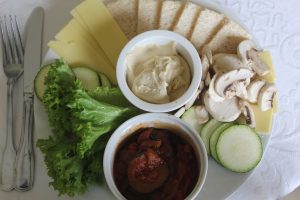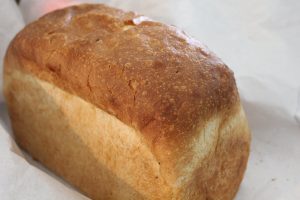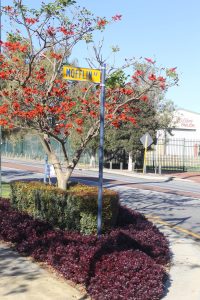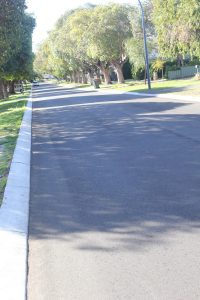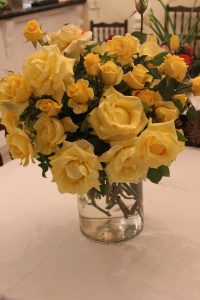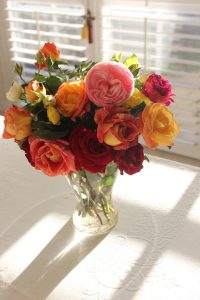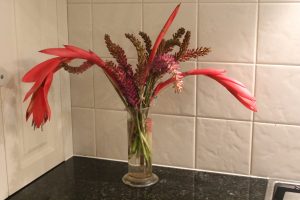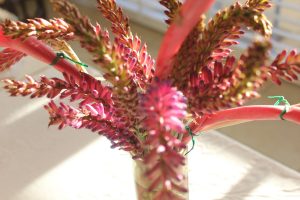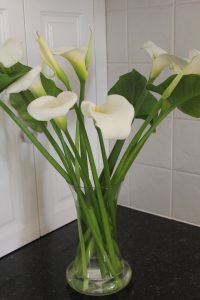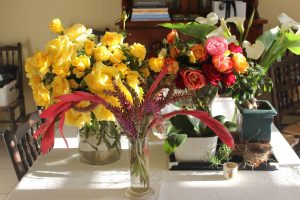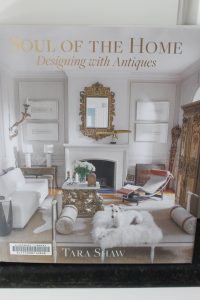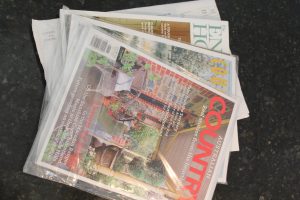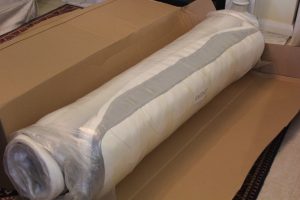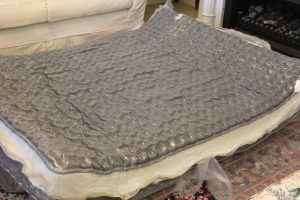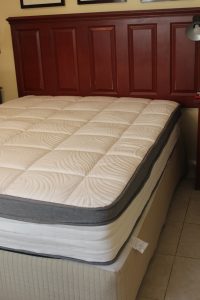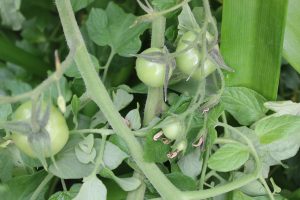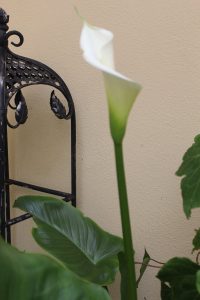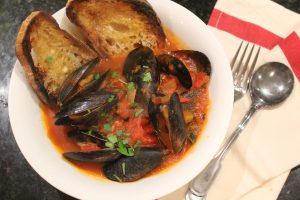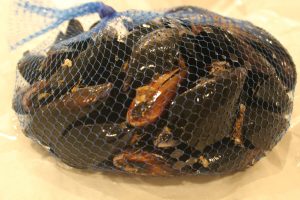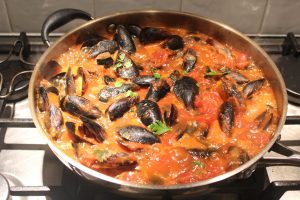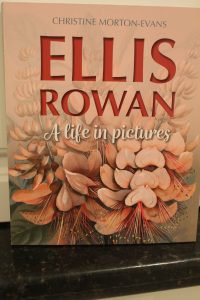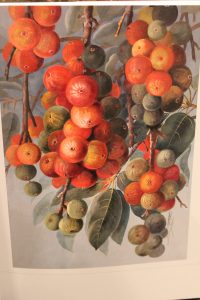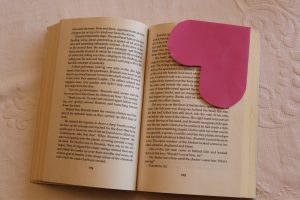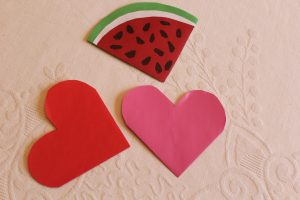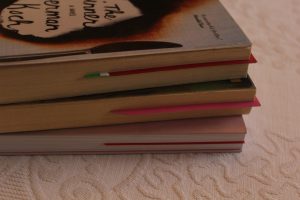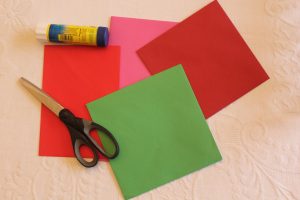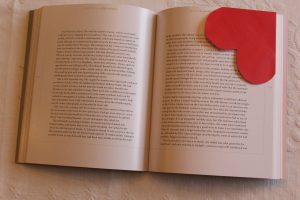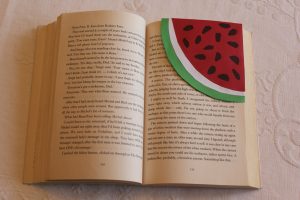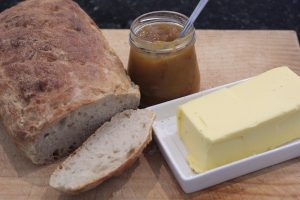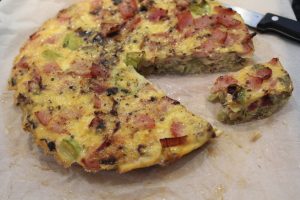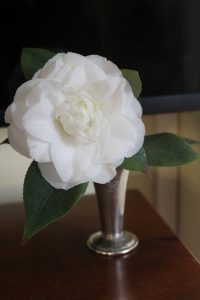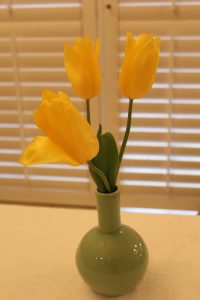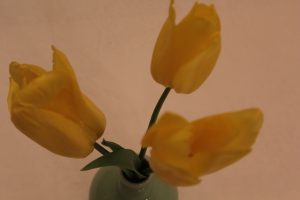entertaining
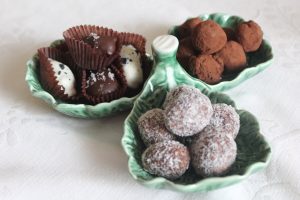

Our son’s diabolical rum balls. You shouldn’t drive after you’ve eaten three of these!
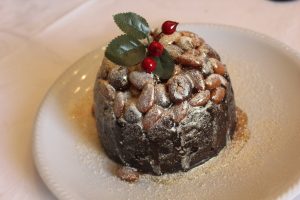

Fruit pudding, so rich, so delicious.
We’ve enjoyed the company of close family and friends. We had a much smaller than usual gathering on Christmas Day. It is summer and hot here, so easy food is best. My Mother and son have been staying, so lots of people dropping in.
reading
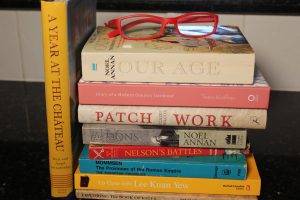

We’re keen readers and have each enjoyed a pile of new books as Christmas gifts. Since early childhood the post Christmas Days, when I have savoured the stack of unread books waiting for me, has been a special time. A pile of unread books, waiting, is such a treat! There is a calm , uncommitted time before the New Year, so time to relax. We read so much as a family that we generally get books from the library but also find books we want to own, to refer to again or to share. Here are three I’ve just read.
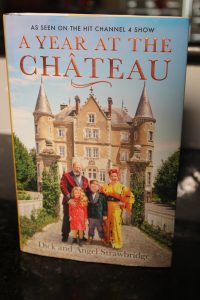

A Year at the Château by Dick and Angel Strawbridge is a written account month by month about their first year at the 19th century Château de-la-Motte Hussan. It is very closely related to the television series called Escape to the Château. The energy, determination and ingenuity of this couple is amazing. Set in the context of a decrepit, huge house with two children under two years of age and no electricity and only one tap with running water, it is amazing what they achieve in a year.
Pre CV-19 the Strawbridges were offering gourmet weekends and grand weekend weddings at their château. I’d really like to stay there to spend a week in Angel’s attic, working with her and using all her craft equipment to print tiles and fabrics and recycle old pieces! My idea of bliss.
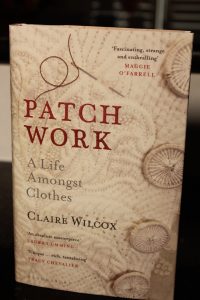

Patchwork A Life Amongst Clothes by Claire Wilcox is a unique memoir written by a curator of fashion at the Victoria and Albert Museum. Her own story is beautifully stitched into the treasures of the museum and the fabrics, buttons, stitching and designs of the collection. She marvels at the lives lived by previous owners of the textiles and writes about her own clothes, her family when she was growing up and her marriage and three children.
These are short, individual stories, prompted by random daily experiences that are related to her work. Her knowledge of clothing since the sixteenth century makes each chapter intriguing and interesting. These are not really stories about modern designers, although the works of a few are described whilst the designers remain nameless, but really the author focuses on the people who might have owned each artifact and their lives.
Easy to read, thought provoking and relevant in a time when so many of us are eschewing fast fashion and seeking natural fabrics and long lasting pieces of clothing.
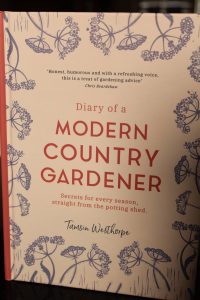

Tamsin Westhope’s “Diary of a Modern Country Gardener Secrets for Every Season, Straight from the Potting Shed” is written about her family garden at Stockton Bury Gardens in Herefordshire. So the seasons are the opposite to what is happening in Australia.
I started reading from the beginning but then started jumping from month to month, enjoying the stories of a fifth generation gardener and also her hints for success. Her humour and sometimes droll comments keep this diary fresh and very readable. One of her claims will interest my Mother, the The Determined Snail Hunter. Westhorpe says a snail will breed four times a year and lay as many as 350 eggs a year. Kill them immediately is her advice.
Westhope’s four acre garden, open to the public at certain times of the year, is within a working farm which has been in her family for over 100 years. So her gardening activities are very different from mine in a tiny, private garden at the front and back of our house, overflowing a bit onto the verge, too. Despite the differences in size, I found many gardening tips I could apply to my own garden. A great book for dipping into for advice or just to enjoy the photos.
eating
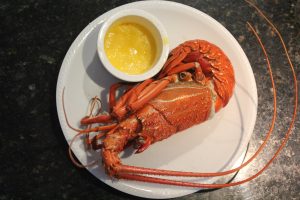

The main overseas market for our crayfish/lobster have been disrupted, so here in Western Australia we’re enjoying very, very affordable seafood.
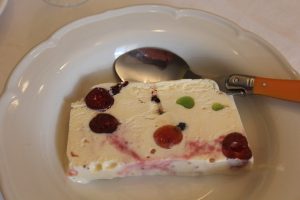

Delicious cassata, eaten with or without the fruit pudding.
Post Christmas meals means leftovers presented in less and less inventive ways! The best bit was four crayfish/lobsters, steamed and served with garlic butter. Still eating the ham and some turkey breast.
The masses of cooking just before the big day means we have good supplies of shortbread, chocolates, rum balls and fruit mince pies. Also lots of cherries. Delicious.
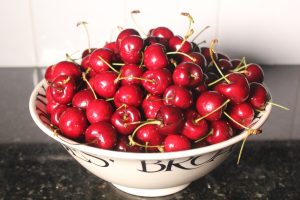

picking
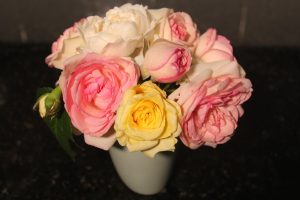
The garden is a mass of roses and agapanthus. The alstromerias have given up in the heat, so I’ll wait for them to really die back before cleaning up the bed ready to improve the soil. I use bentonite, slow release fertiliser and then pea straw.
watching


Source sbs.com.au
We finally listened to the recommendations of so many people and have started watching the Danish thriller DNA. Yes, it’s great.


Photo Channel 5
I am also totally addicted to Our Yorkshire Farm. This is the story of hill farmers in Yorkshire. Their 2000 acre farm looks lovely in summer and very harsh in winter. Amanda, a shepherdess and Clive have nine children and this is a record of their seasonal activities on their mainly sheep farm. They have some cattle and horses, too. Hard work but really interesting although sometimes repetitive.
As this difficult year finishes and we’re all hoping for a CV-19 vaccine and economic stability it will be interesting to reflect on permanent changes as a result of restrictions. Will people continue to work from home, eschew large crowds, use hand gel frequently? Time will tell.
WISHING YOU ALL A HAPPY,
HEALTHY NEW YEAR!

